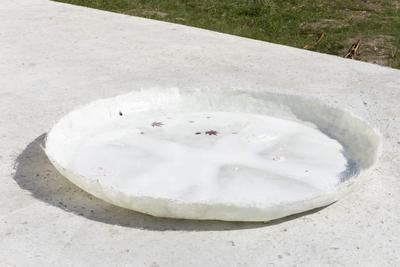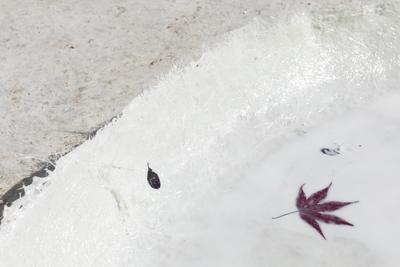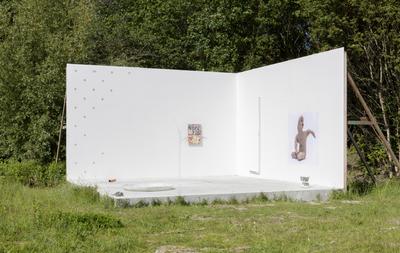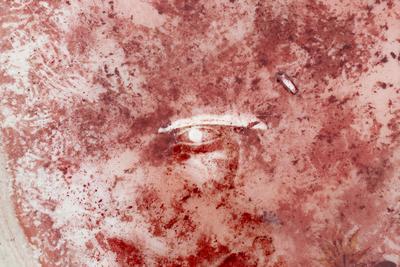Bittersweet (2019)
Group show @ Kunstscenen, Copenhagen, 2019.
Curated by Magnus Thorø Clausen and Kåre Frang.
The word Parterre comes from the French and literally translated means "on the ground". Since the 16th century the word was used to refer to a formal, ornamental garden. By the mid-17th century and onwards it also refers to the inexpensive ground level of a theatre.
The first parterre gardens originated in the gardens of the French Renaissance and often had the form of knot gardens. Later, in the 17th century Baroque garden, they gradually became more elaborate and stylised. The French parterre reached its greatest development at the Palace of
Versailles. A typical parterre garden consists of plant beds and hedges in symmetrical patterns, which are separated and connected by paths. The patterns require a level substrate and are designed to be viewed from a raised vantage point, as for example from a terrace or balcony. During the 18th century parterre gardens lost favour and were gradually superceded by English landscape gardens. However they have since been revived in new styles. In the victorian era they reappear in flower beds fashioned as emblems.
In the theater system the word parterre is used interchangeably to refer to the ground level (also known as "the pit") and to designate the audience of that space. The cheap parterre tickets drew a high number of lower-level professionals and commercial labourers such as artists, students, journalists, lawyers, prostitutes and petty criminals. The parterre was a noisy, often boisterous place, where talking, whistling, drunken brawls, hissing, even dancing and singing was common behaviour and where people reacted on the stage performance with applause or booing or by pelting it with oranges. Some historians see in the parterre an early form of the public sphere as we know it today. A forum where power and authority could be openly criticized. Where the difference between representation and the people had disappeared.
Text by Magnus Thorø Clausen





